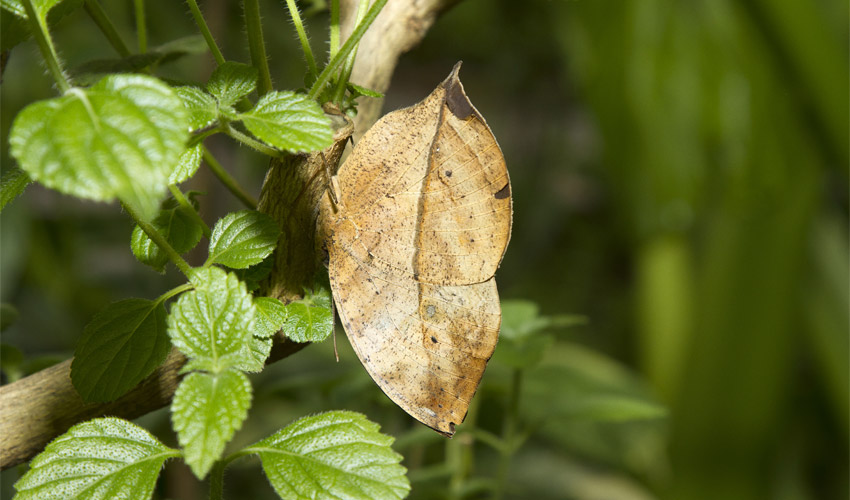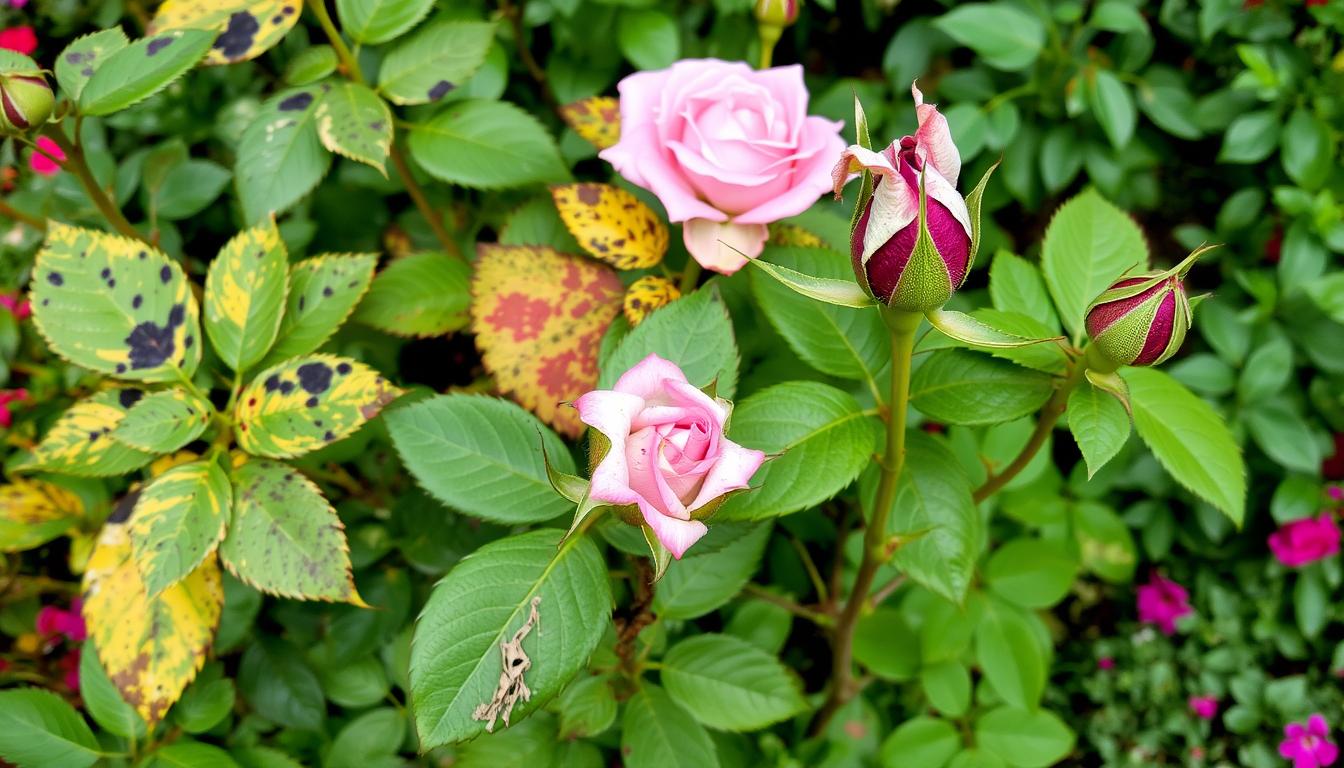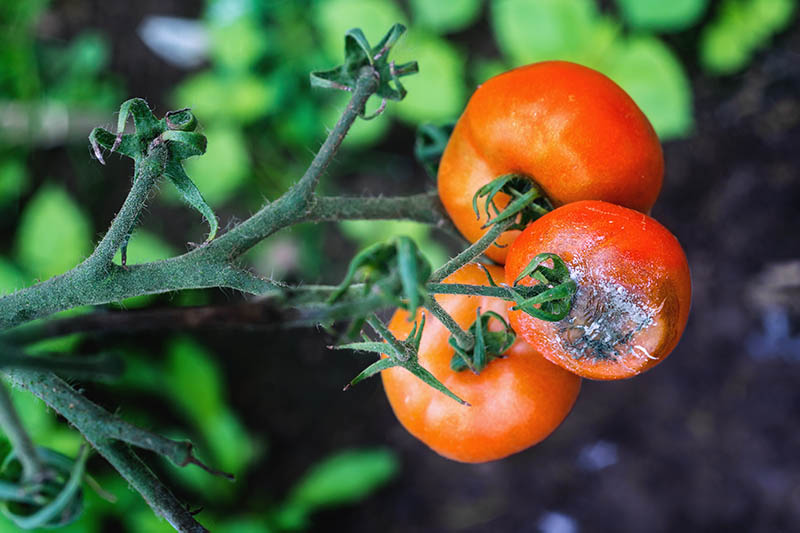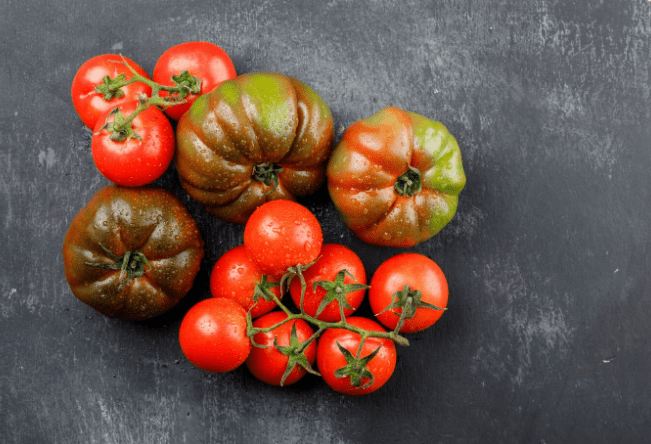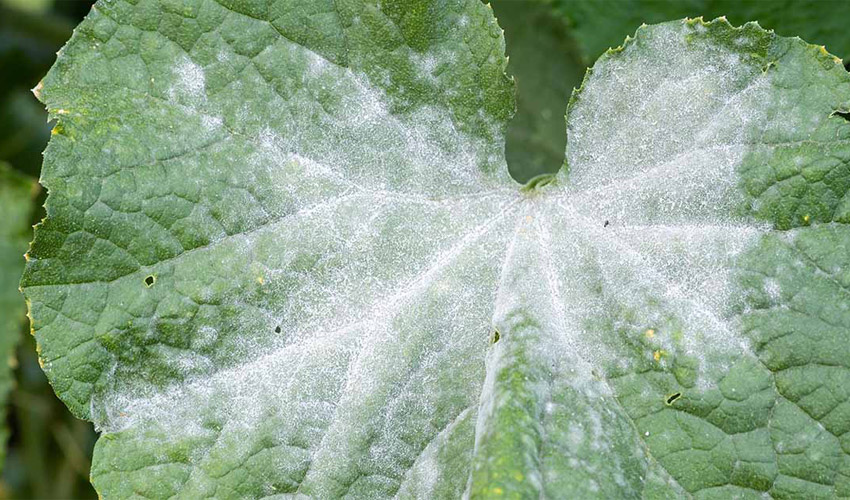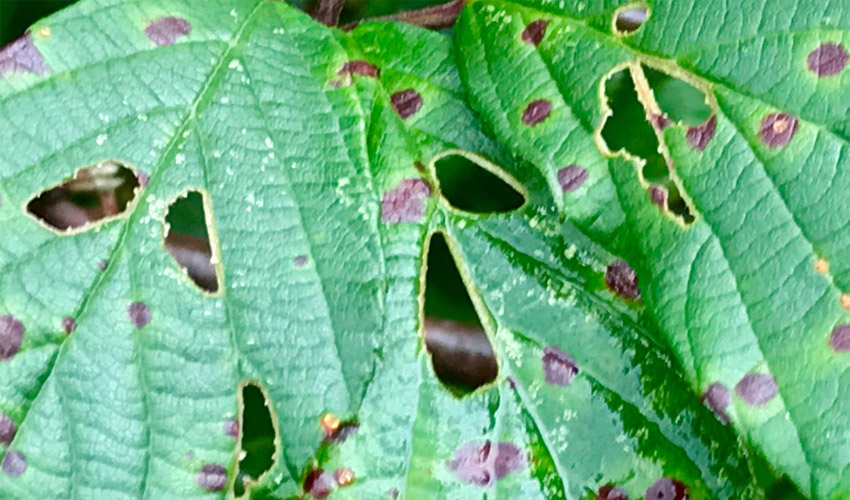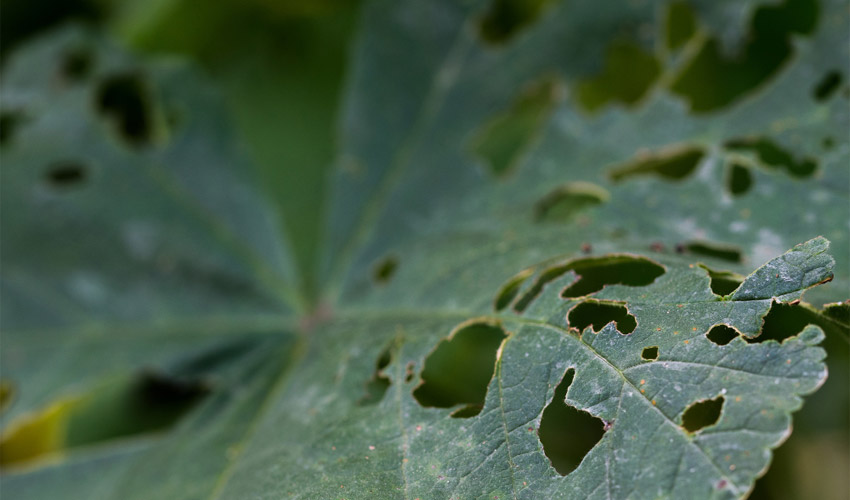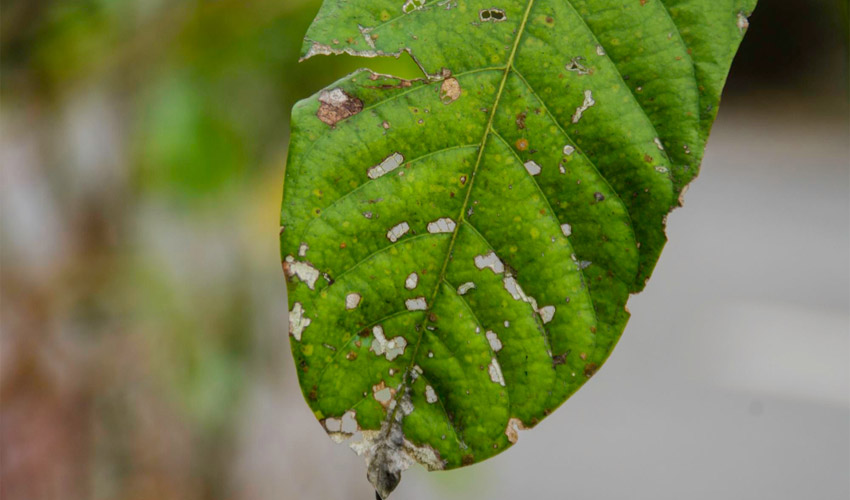Downy mildew and powdery mildew might seem alike at first, but they are pretty distinct diseases. Both typically attack the leaves, yet downy mildew can be recognized by a fuzzy fungal layer that forms on the underside of leaves in damp conditions, along with visible spots on the upper surface. In contrast, powdery mildew appears as a white, powder-like coating on the leaves without causing any spotting.
Table of Contents
ToggleWhat is Powdery Mildew
Powdery mildew is one of the most widespread fungal infections in plants. It belongs to the family Erysiphales and is especially common in ornamental plants such as phlox, monarda, azaleas, roses, lilac, dogwood, crab apple, grapes, squash, and turfgrass. Different species of powdery mildew affect specific plants, but they all share a key trait—the appearance of a white, cobweb-like layer of fungal growth, usually seen on the upper surface of leaves.
This disease can also spread to the underside of leaves, buds, blossoms, young fruits, and stems. Infected foliage often becomes twisted or curled, with its color shifting to yellow or brown. Over time, these leaves may drop earlier than normal. While powdery mildew stresses and weakens plants, it rarely kills them outright.
What is Downy Mildew
Downy mildew is a less common fungal-like infection in plants, belonging to the Oomycetes group. Even though it isn’t as widespread as powdery mildew, it can cause severe damage to plants. This disease affects a broad range of hosts, including members of the mint family, viburnum, roses, butterfly bush, coreopsis, pansy, snapdragon, and cucumbers. While symptoms differ from plant to plant, the most frequent signs include yellow, dark green, brown, or black spots appearing on the upper leaf surface.
As the infection spreads, entire leaves often turn brown and eventually drop off. The primary reason downy mildew is so destructive lies in its ability to invade leaf tissue and draw nutrients directly from it, leading to extensive plant stress.
Similarities Between Powdery and Downy Mildew
Powdery and downy mildew are both fungal diseases that primarily attack plant leaves. Although they differ in appearance and behavior, they share a common nature as fungi. With the right knowledge of which type is present, both infections can be managed and controlled effectively.
Difference Between Powdery and Downy Mildew
Understanding powdery mildew vs downy mildew is essential for identifying the right treatment and protecting your plants effectively. Here’s the key difference:
Definition: Powdery mildew is one of the most common fungal diseases, affecting a wide variety of plants. In contrast, downy mildew refers to several oomycete fungi that act as obligate parasites in plants.
Taxonomy: Powdery mildew belongs to the family Erysiphaceae, whereas downy mildew falls under the family Peronosporaceae, which is now classified under the family Oomycetes.
Characteristics: Powdery mildew appears like white powder scattered on leaf surfaces, while downy mildew causes leaves to droop and develop yellow or brown patches.
Growth Conditions – Temperature: Powdery mildew thrives in environments with nighttime temperatures of around 60°F and daytime temperatures of approximately 80°F. Downy mildew, however, can survive in a broader range between 40–80°F.
Growth Conditions – Humidity: Powdery mildew prefers nighttime humidity of 90–99% and daytime humidity of 40–80%, whereas downy mildew develops well at about 85% humidity.
Leaf Surfaces Where Spores Form: Powdery mildew produces spores on both sides of leaves, while downy mildew typically forms spores only on the underside.
Spore Production Sites: Powdery mildew creates a dense, white coating of spores across leaves, stems, and shoots. Downy mildew, on the other hand, shows up as a grayish or whitish fuzz beneath the leaves.
Spore Morphology: Powdery mildew spores form in a branching, tree-like pattern, whereas downy mildew spores grow in chains.
Spore Transmission: Powdery mildew spreads its spores through the wind, while downy mildew relies on splashing water for dispersal.
Leaf Symptoms: Powdery mildew causes leaves to yellow and eventually drop, while downy mildew leaves behind yellow blotches before progressing further.
Invasion of Plant Tissues: Powdery mildew remains on the surface and does not invade plant tissues. In contrast, downy mildew penetrates leaf tissues to extract nutrients.
Severity of Damage: Powdery mildew is generally less destructive, while downy mildew can inflict severe damage to plants.

